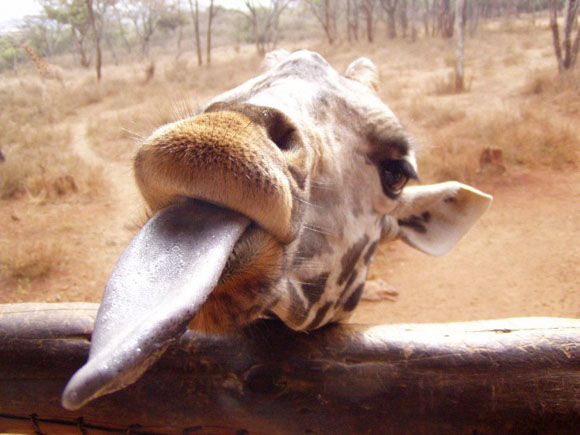The World’s Tallest Animal
Giraffes are a favorite topic for school projects for kids, and giraffe facts and lots of giraffe pictures make up the key ingredients.
You’ll find plenty of both right here. Giraffes are amongst the most strange and beautiful creatures wandering the African savannah.
This page with facts about giraffes goes well with another pages, one you will find on another website, https://www.clipartqueen.com/giraffe-pictures.html. I have been allowed to borrow a lot of the photos here from that page.
You can use these pages together to make a very factual and original project about this amazing animal, the giraffe.
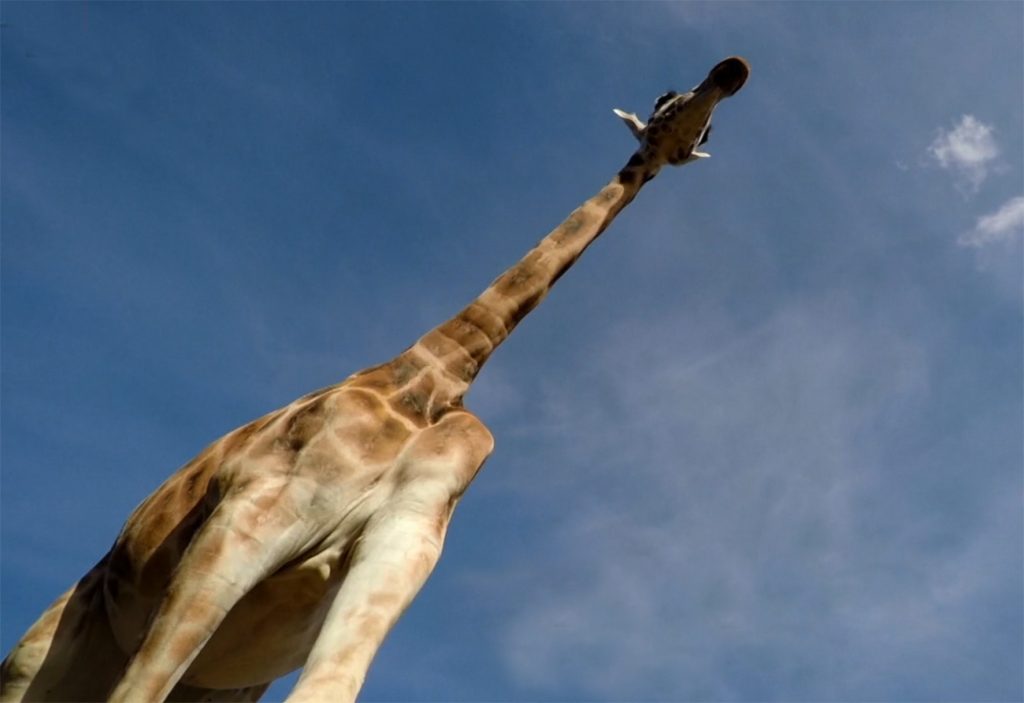
10 Interesting Facts About a Giraffe
Let’s start with a few basic facts about giraffes that answer some of the most common questions about these amazing creatures.
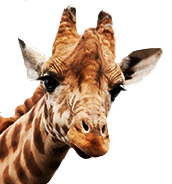
-the giraffe is the tallest land mammal currently living on Earth, standing on average about 16 to 20 feet tall (5 to 6 meters)

– an average giraffe weighs about 2600 pounds (roughly 1200 kilograms), although large males weigh up to 4200 pounds (just over 1900 kilograms)

– although it’s the tallest land mammal, it still only weighs in at a tiny fraction of the weight of the largest living mammal, the blue whale

– giraffes have played a big role in many myths and cultures throughout history because of their strange appearance

– unlike some of Africa’s biggest mammals, the giraffe is not as such an endangered species

– giraffes kiss their babies!

– ‘ossicones’ is the correct name for a giraffe’s horns

– the ancient Romans gave the giraffe the scientific name of camelopardalis (which doesn’t sound so scientific when you learn they gave it that name because they thought it looked like a cross breed between a leopard and a camel!)

– the giraffe’s heart is roughly 2 feet long (about 60 centimeters)

– giraffes can live to be 25 years old (although cases of giraffes living up to 28 years in captivity have been recorded)
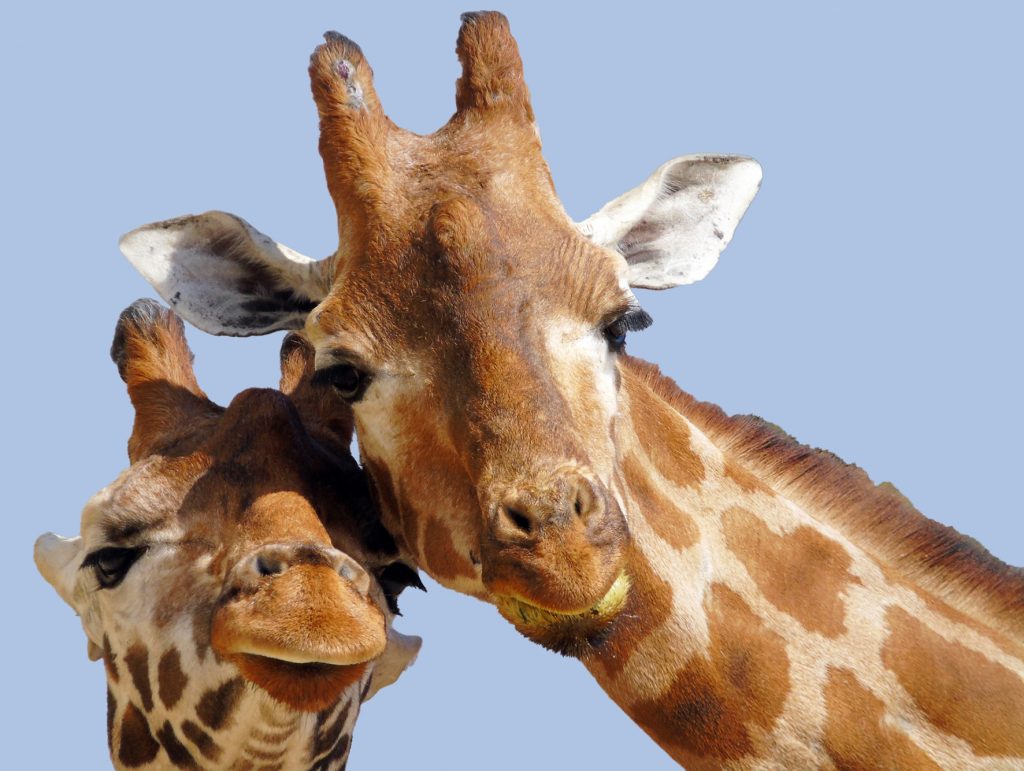
These are a few random fun giraffe facts to get you started – now let’s take a closer look at how giraffes act in the wild.
Facts about Giraffe Behavior
Like virtually all large mammals, giraffes travel and live together in herds.
However, giraffes are quite different from other animals on the savanna when it comes to their social organization.
Elephants, for example, tend to stick with the same group for most of their lives (except the males, who go roaming).
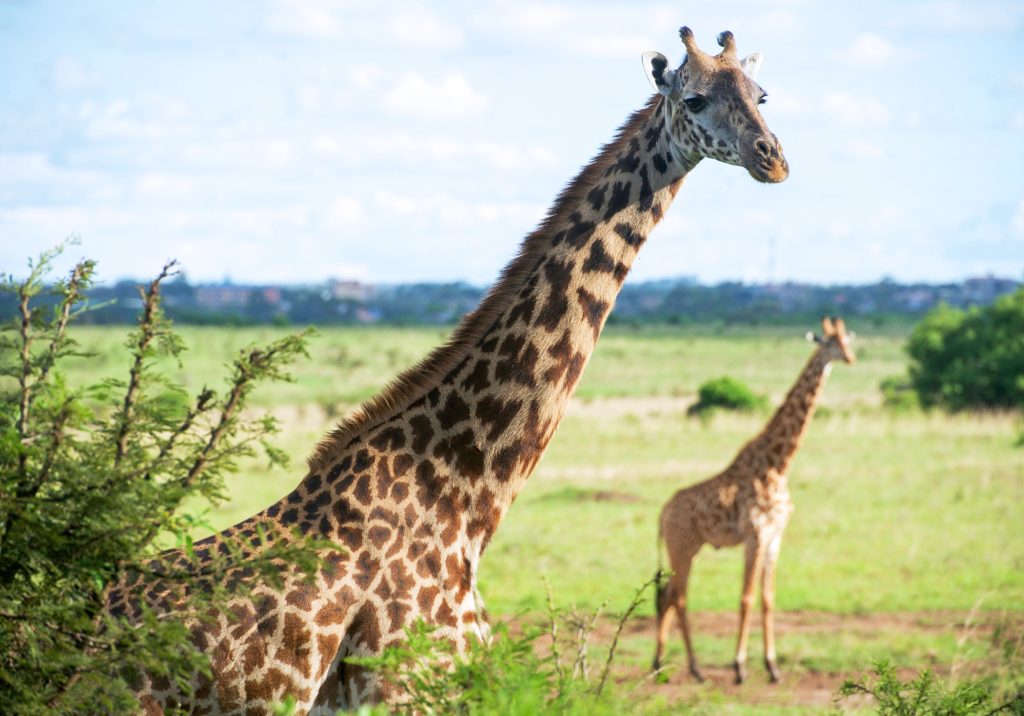
With giraffes, single animals or small groups will ‘chop and change’ between herds quite often. There are no strong attachments to a particular group. When you see a herd of elephants, it’s safe to assume most of the are related by blood in some way. That’s not the case with giraffes, where a herd can be made up of a huge number of animals that aren’t closely related to each other.
Also, unlike many other mammals, giraffes don’t tend to migrate very far throughout their lifetimes. Most giraffes will stick to a relatively small area near where they were born throughout their entire life. The exception to this is with male giraffes, who start to leave their home territory and herd after about 3 years of age.
Here’s a strange fact about giraffes: they seem to hate the idea of going in water. Many mammals, including humans and elephants, are good swimmers, but giraffes have never been seen bathing in water.
Another strange thing that has been observed about giraffe behavior is the way males fight and play-fight with each other.
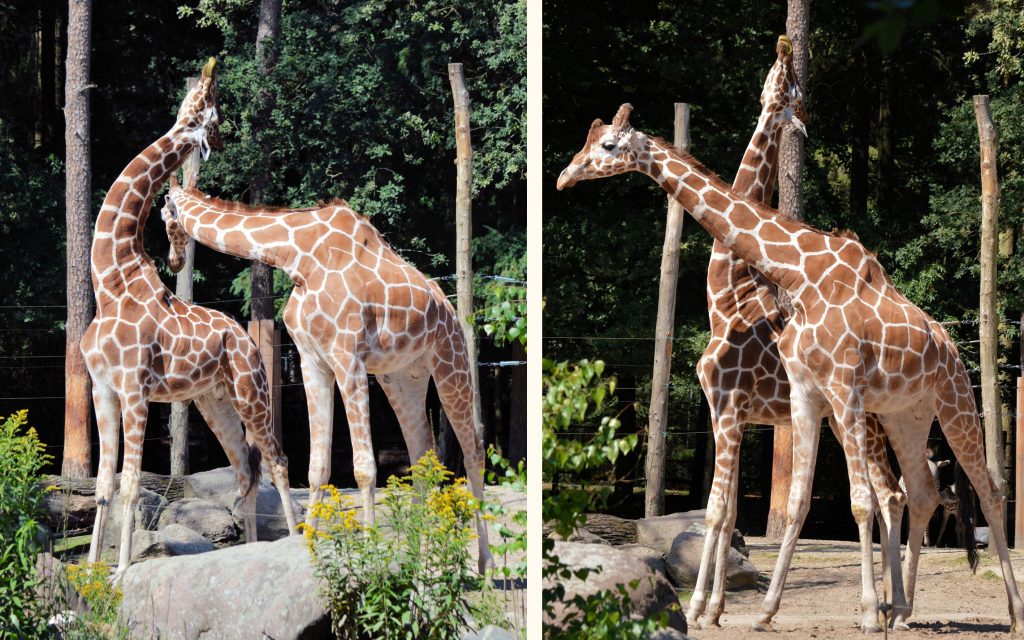
Fighting is common between males in most mammal species, but giraffes have quite an odd technique – they fight with their necks.
Although this ‘necking’ doesn’t always look like a fight – sometimes the giraffes just appear to be rubbing their necks together – it’s always a way males figure out which one is more dominant. This is important because only the most dominant males will be able to mate and become fathers, passing on their genes to the next generation.
When it comes to raising babies (giraffe calves, as they’re called) these animals are also quite unique.
For starters, giraffes are pregnant for well over a year, with pregnancy sometimes lasting as long as 460 days.
Like puppies, giraffe calves are quite weak and vulnerable for the first few weeks of life and rely on help from their mothers a great deal. Calves usually become fully independent of their mothers at around 15-18 months old (about a year and a half).
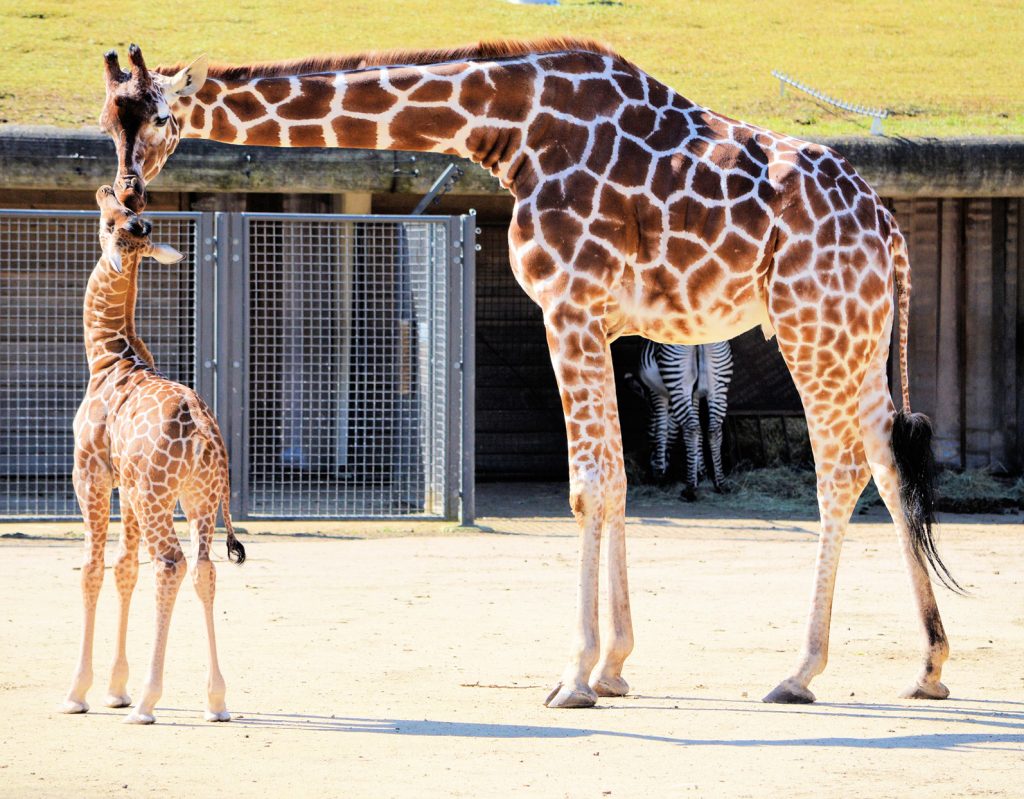
During that first year and a half they are rarely out of sight of their own mother, although sometimes one or two females will be left to watch over a group of calves that aren’t theirs. This is almost like a kind of ‘giraffe day care.
Like most animals in the wild, giraffes spend the majority of their time looking for food and eating – sometimes up to 20 hours a day.
Here’s another interesting fact about giraffes: they have ‘friendships’ with other species.
While these may not quite be friendships in the way we think of a friendship between a dog and a human, giraffes do have relationships with other species that are beneficial for both of them.
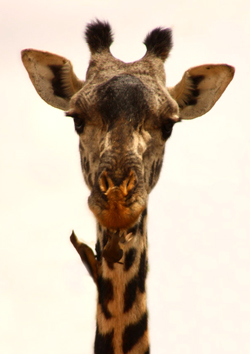
Birds will often land on giraffes and eat the parasites out of their hair – and on a 20 foot tall giraffe, there can be a lot of parasites for a little bird to eat!
The bird gets a free meal – but what does the giraffe get out of this? Well, because many diseases are caused by parasites like ticks, the giraffe is basically getting a free health check up.
Giraffes might not worry too much about the parasites themselves, but the diseases parasites can cause can make a giraffe sick and slow – and that makes her an easy target for predators like lions.
More Facts about Giraffe: How Many Types of Giraffe Are There?
While the giraffe itself is only considered to be one species, giraffes can be broken down into nine sub-species (although scientists still haven’t settled on the exact number – which just goes to show that scientists don’t always agree with each other!).
The types of giraffes are divided up by a bunch of factors: things like their size and skin patterns, and the parts of Africa they live in. The sub-species that have been identified and listed are:
the Somali giraffe
-the Kordofan giraffe
– the Smoky giraffe
– the Nubian giraffe
– the South African giraffe
– the Rothschild giraffe
-the West African giraffe (Niger’s White Giraffe)
– the Maasai giraffe
While most people accept that the giraffe is only one species, a few experts on giraffes have claimed that there is actually more than one species.
This is because some of the sub-species can’t mate together and produce offspring, leading researchers to think these sub-species are different enough in their genetic code to be thought of as different species.
You can find picture of the different skin patterns on https://www.clipartqueen.com/giraffe-pictures.html
Giraffe Habitat Facts
Giraffes are found in the wild only in Africa. Some people mistakenly believe giraffes live in the Sahara Desert – in actual fact they are found in many places throughout Africa but all their habitat is south of the Sahara.
They tend to stick to grassland, the savanna and forest edges where trees are far apart (because of their bulk they have a hard time moving through dense forest).
How Many Giraffes Are There In The World?
In the wild across Africa, recent estimates have put the number of giraffes at about 100,000 or slightly less. Although this is considered a ‘safe’ population number in the sense that they aren’t at risk of disappearing any time soon, these numbers do seem to be going down overall.
What Do Giraffes Eat?
What giraffes eat and how they eat it is one of the most fascinating areas of study about this animal. One big reason for this is the fact that giraffes have a prehensile tongue – that means they can use their tongue to grab onto things the way you and I use or fingers or monkeys use their tails. The giraffe has an incredible ability to push, pull and manipulate branches and leaves using nothing but its tongue.
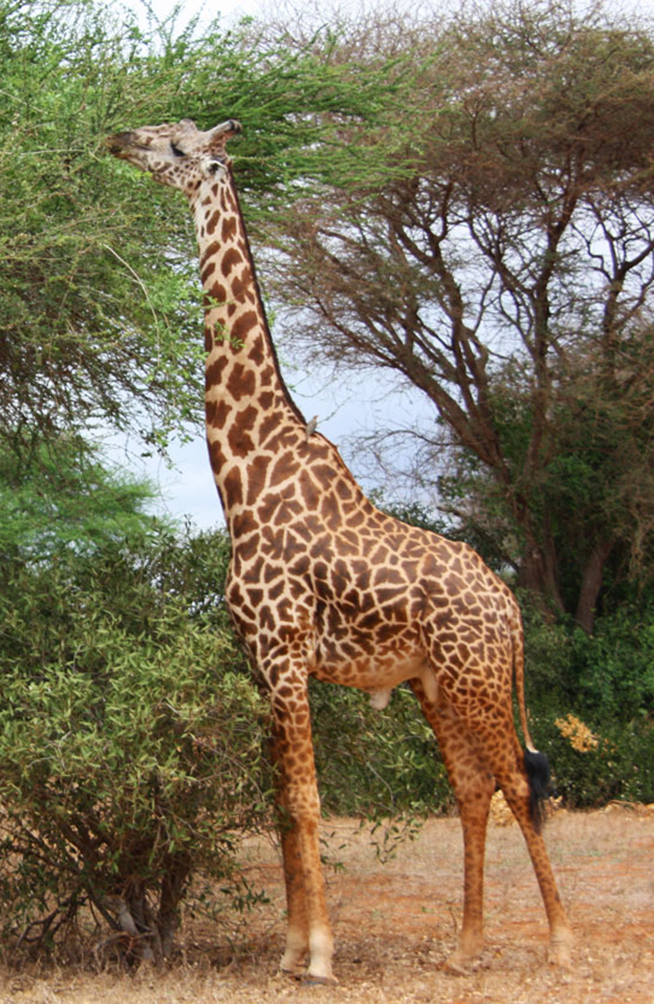
Giraffes are herbivores – they only eat plants. This can be anything from shrubs to grass to leaves. They belong to the category of ‘grazers,’ just like cows and sheep.
Also, giraffes have very tough mouths, lips and tongues, so they’re able to eat some fairly ‘rough’ vegetation. In fact, giraffes used their rough tongues to strip leaves off branches covered in thorns. This ability to eat rough and prickly foods, as well as their height, lets them make use of food sources that other animals can’t touch.
Here’s another interesting fact about giraffe. Remember the origin of the Roman name for the giraffe, camelopardalis – because they thought it look like a camel/leopard cross? Well, it turns out giraffes and camels do have something in common: they can survive for quite a while without having to drink any water. In fact, giraffes don’t drink as much water as might be expected for an animal of their size because they get a lot of their water from the greenery they eat.
In fact, giraffes usually only drink every 2-3 days. But when they do drink, they drink a lot in one go – up to 10 gallons (that’s almost 40 liters!).
The actual amount of food they eat, while it may seem large, is actually not that much considering their size. This, again, is because of the type of food giraffes have adapted to eat. Giraffes are able to reach leaves that many other animals can’t, which contain many more nutrients than a lot of the grass found on the savanna. As a result, they don’t need to eat as much as other grazers to get the food they need.
Here’s another amazing fact about the giraffe and the circle of life on the African plains: the seeds of some trees will only grow once they have passed through a giraffe’s digestive tract.
If they just fall to the ground, nothing happens – so these trees actually ‘want’ to be eaten by giraffes! The giraffe’s digestive system in itself is another fascinating aspect of this animal.
Because of their height giraffe’s play a big role in the ecosystems in many parts of Africa
Another interesting fact is that giraffe females are shorter than males, so they don’t have to compete with each other for food – the males just eat leaves from higher up in the same trees.
Giraffe Digestive System
The giraffe’s stomach and digestive system are some of its most unique features.
The giraffe stomach actually has four different ‘rooms’ to it. (Some people say the giraffe has four stomachs, but this isn’t really accurate – it simply has one big stomach with four parts that do different things).
Each part of the stomach deals with a different stage in the digestion process.
Giraffes will also regurgitate parts of their food, chew it more, and then swallow it again. The category of animals that do this (which includes cows) are called ‘ruminants.’
Here’s a funy giraffe fact: Somali giraffes have been recorded ‘getting drunk’! They eat a particular type of berry with turns into alcohol in their stomachs, and as a result they sometimes can’t walk straight or control their muscles as they normally would.
Because of the giraffe’s anatomy there are many strange features inside the giraffe’s body. For example, because of how long the giraffe’s neck is, nature has come up with a stroke of genius.
The giraffe’s neck contains an unusual set of valves in the blood vessels to prevent blood from rushing to the head when they put their head down to take a drink. (Humans don’t have this of course, which is why we start to feel dizzy pretty quickly after doing a headstand).
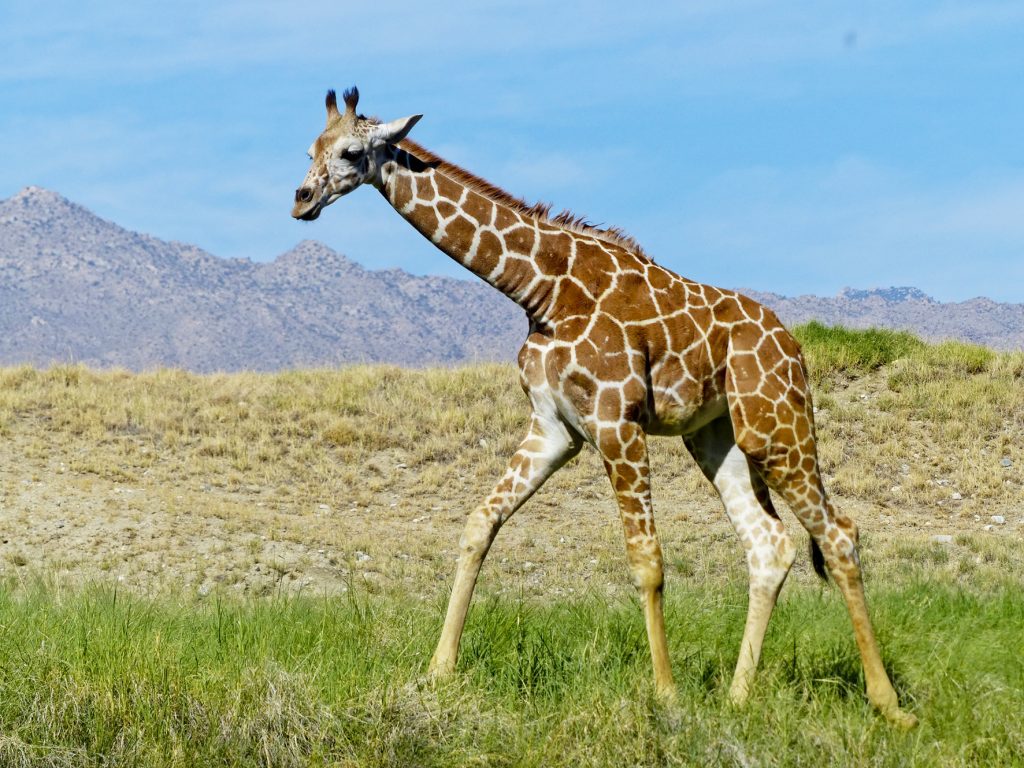
Giraffe Enemies Facts
When a giraffe is fully grown, there are very few animals in the wild that can threaten it. It’s only young giraffes and sick or old giraffes that get separated from the herd that tend to be vulnerable to attack.
Predators that will attack giraffes include lions, leopards and hyenas.
Usually they will attempt to single out a slow young giraffe – rarely will predators take on a fully grown giraffe head-on (even a pack of lions), although it does happen occasionally when food is scarce for the big predators of the savanna.
There’s a good reason why lions avoid the bigger giraffes – there have been recorded cases of lions being killed by giraffe kicks. There’s a lot of power in those long legs!
Sadly though, it’s been estimated that over half of all giraffe calves born are taken by lions and hyenas before they become independent of their mothers.
Unfortunately, like so many animals in this day and age, the giraffe’s biggest predator is the human.
Giraffes are a favorite for local hunters and they’re a big attraction for big game ‘sport’ hunters who come from far and wide. Luckily, however, hunting has not led to the giraffe becoming an endangered species – however scientists are now starting to ring alarm bells about the possibility that some of the sub-species are getting dangerously close to extinction.
Because giraffes are usually thought of as being a single ‘type’ of animal of which there are plenty, few people realize that some of the seven types may soon disappear from the savannah unless careful conservation action is taken soon.
In fact, according to some scientists particular types of giraffe are now down to their hundreds, even though there are many thousands of giraffes in total.
There are only estimated to be about 700 Rothschild giraffes still in the wild, for example. The West African giraffe may now have fallen below 200 individuals in the wild and its prospects for recovery from these numbers don’t look good.
Giraffes are not a protected species, except within certain national park areas, which is part of what makes them so attractive to hunters.
Hunting isn’t the only way humans have an effect on giraffes though. Changing the natural environment and destroying the giraffe’s natural habitat can also have big effects on giraffe numbers in the long run.
The Relationship Between Giraffes and Humans
As I just mentioned, some types of giraffes are close to disappearing, largely because of the actions of humans.
But it hasn’t always been this way. Throughout most of history, the giraffe has been a creature to respect. In Africa, where scientists believe humans first evolved, there are cave paintings of giraffes made with primitive paint which date back as long ago as 8,000 years. In fact, some of these stone age people went a step beyond simple paintings and created a huge life size carving of a giraffe in a stone wall.
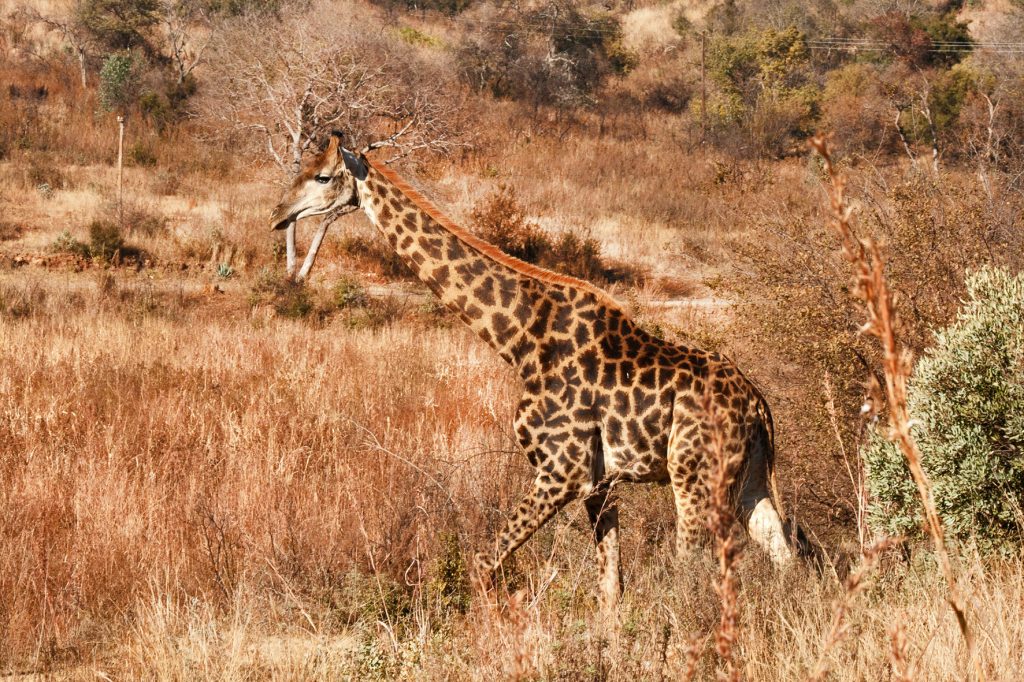
In the more recent past – the last few thousand years – giraffes have been a symbol of friendship between countries and were often given by African kings as gifts to their friends and allies. Still, giraffes have always been hunted by humans – a single giraffe can produce enough meat to feed a small village. But for most of history hunting happened at a level that wasn’t a huge risk to the giraffe as a species.
These days giraffes are still much loved by people all over the world, although they’re no longer thought of as being pets as they once were.
Giraffe Facts: The Giraffe’s Neck
One of the things that makes the giraffe easy to recognize instantly is its strange long neck. Without the neck it would simply look like a large spotted horse!
The reason for the length of the neck, of course, is the giraffe’s need to reach high up into trees to grab nutritious leaves. But there’s most to the giraffe’s neck than meets the eye.
Here are some interesting giraffe facts relating to that long neck: for starters, the neck of a giraffe has just seven vertebrae (the bones that allow the neck to bend). To put that in perspective, in the human spine there are 27 vertebrae altogether (although we also have only seven in our necks). The difference, of course, is that the vertebrae in a giraffe’s neck are much larger than ours, which each one being up to 10 inches long (about 25 centimeters).
Although scientists know why the neck developed to be so long, there’s still no solid explanation for how the neck developed through evolution (scientists are having a hard time tracing the giraffe’s ancestors through evolution to figure out exactly when, why and how the long neck first appeared).
Along with the fact that the long neck lets giraffe reach food other animals can’t (which makes it easier to survive), the role of the neck in fighting between males is also important. As mentioned above, males fight with their necks and the most dominant get to mate with the females – so it makes sense that other time giraffes with bigger and stronger necks would get to mate more than those with smaller, shorter necks.
While there are many strong muscles running through the neck, the biggest muscles are at the base. This makes it easy for giraffes to hold their necks up straight to reach leaves from tall trees.
Fun Facts about the Giraffe
The huge heart of a giraffe can beat up to 170 times in 60 seconds

How much blood gets pumped through that two-foot-long heart? About 16 gallons a minute

A giraffe can gallop, just like a horse

A male giraffe is called a ‘bull’

While giraffes usually lie down to sleep, they can also rest standing up

‘Twiga’ is the Swahili name for the giraffe

A giraffe’s tongue can grow up to 18 inches long (about 45 centimeters)
